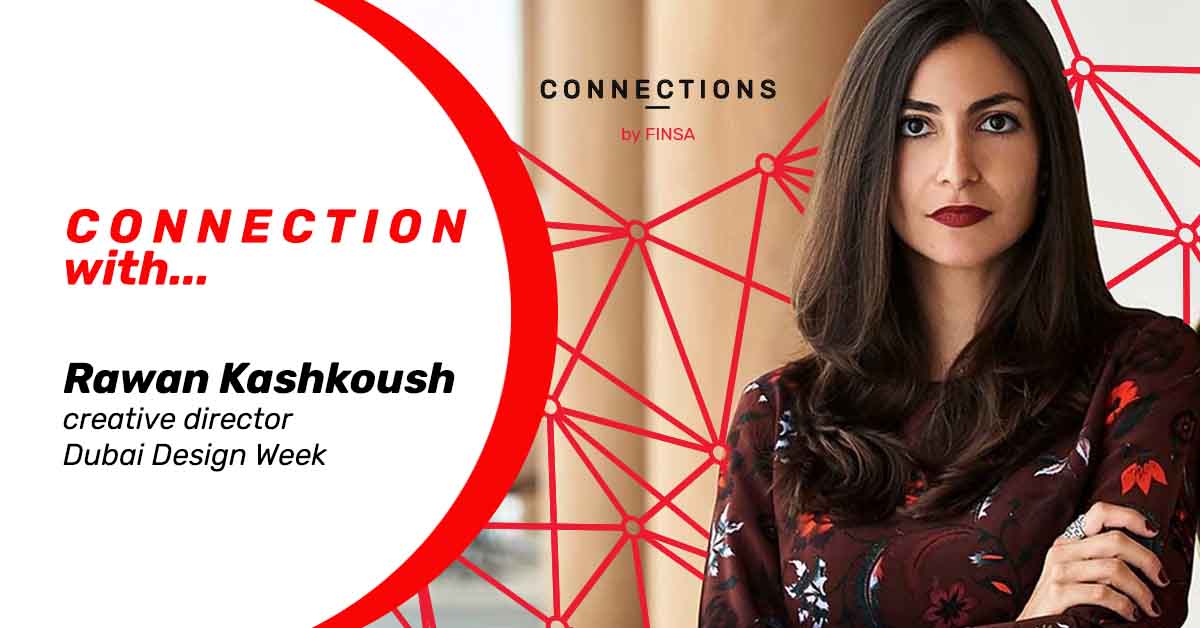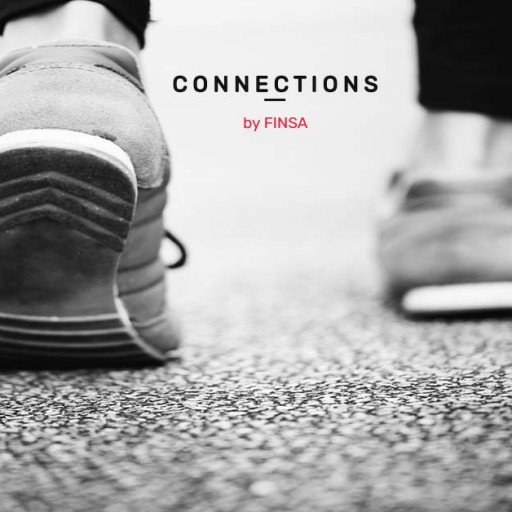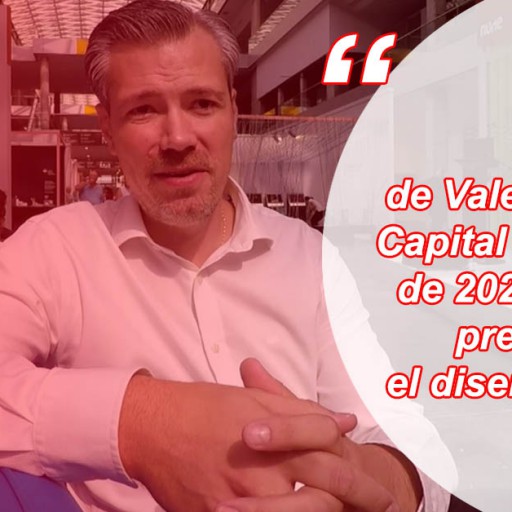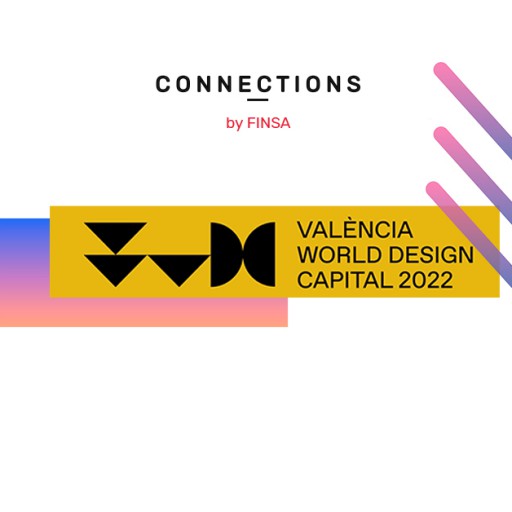During this week we’re into a new edition of Dubai Design Week. A huge dedicated team has been developing a profound research for showing the best of Middle East design to the world. Rawan Kashkoush is creative director for this event. We make a connections with her to know Middle East design.
 What is your work at Dubai Design Week? What does it mean for you?
What is your work at Dubai Design Week? What does it mean for you?
Creating an accessible public space for creative exchange has been at the core of my work for some years as a designer and placemaker. Becoming part of Dubai Design Week has married two powerful notions together: design is intended to improve quality of life, as does the city. The event creates a moment in the year to shine a light on both simultaneously.
Through discovering the different modules of the design week we uncover the preferences and tendencies of residents and visitors, but also see the potential of existing spaces when nourished with activity. The learnings from the Design Week has spillover effects.
Which was Dubai Design Week objective? How has it evolved during these five years?
Dubai Design Week has transformed from its original three-tiered ‘local, regional, and international’ structure of participants to an interwoven tapestry of collaboration amongst the three, the result of a dedicated team working with partners across its networks to choreograph interaction that matters, at an event designed to bring people closer together.
In its fifth year I have been fortunate to have been a part of the team from the very beginning, growing the event to achieve our key objectives of gathering viewpoints from all over the world while amplifying the presence of local and regional talent. Our team does a great job at reading gaps and trying to fill them or by strapping a jetpack onto a good idea.
Every year we do a retrospective and diagnostic analysis of each edition of Dubai Design Week to assess what works, and what we can do better. The aim has always been to hone our local and regional talent and put them on the international map, but also to foster an exchange of ideas on a global scale.
https://www.instagram.com/p/B4tuvEtFykO/?utm_source=ig_web_copy_link
¿What are the Dubai Design Week 2019 highlights ?
Although Global Grad Show is always the best place to start, especially given that the show has expanded to two buildings this year. Abwab is an exhibition dedicated to commissioning work from regional I would recommend taking the time to drop into the Dubai Culture – Creative Lab, a new programme to help make the event feel even more about the visitor, with 7 drop-in stations for design and craft centered workshops, in the heart of Dubai Design District.
What are the challenges ahead for Dubai Design Week?
The creative community across the nation and region have been very receptive to Dubai Design Week. Each year we witness more participation and interest from our stakeholders and audiences alike. When we first launched, it was a challenging but worthwhile task getting people on board, creating awareness of the initiative and showcasing its value. The challenge is getting people to present solutions for a better protected environment when they are experimenting with design.
What is special about DDW compared to other design weeks?
The diversity of culture in Dubai. The differing periods of time spent by those who move to the UAE from elsewhere is extreme, varying from months to lifetimes.
Dubai being geographically central means people are flying to far ends of the world and returning with objects of varied styles. Being central also means there is an interest from international brands expanding to the UAE. The UAE is truly a blend of nations and their tastes.
https://www.instagram.com/p/B4xN7M5FfP-/?utm_source=ig_web_copy_link
What has Dubai Design Week meant for the creative community in Middle East?
Dubai Design Week is punctuation in regional industry dialogue, using objects as references of what we may be thinking, using design as a language to communicate. Designers require stages, both events are above all launch-pads, gathering audiences, press and designers as a trifecta for regional design evolution.
Is the design of Middle East still a great unknown in the West?
The Middle East is viewed through one lense. It is crucial to change audience perception and help provide access to the immensity of each of the nation’s histories. Port cities, towns that are landlocked, mountainous villages, desert nomads, the sociopolitical impacts on these people all define these places and subsequent design styles.
Considering the age and history of the cultures in this part of the world, a clear message would be; this is an invitation to work collaboratively with Arab designers and architects who with the right help, have the rare opportunity to expand on the existing body of knowledge available for the world to source solutions for an ever increasing heated earth, given the region’s familiarity with coping with heat, the Middle East is a test-bed for low-fi solutions and behaviors to combat the rising temperatures.
What do you think about Umbra, the gateway to DDW created for Tinkah, commissioned by FINSA?
It is undeniable that Dubai acts as the threshold between the Middle East and the rest of the world, whether as a talent amplifier, commercial activator or language unifier, no other Arab city acts as this bridge. Umbra is exactly the winning recipe with a global manufacturer from Europe collaborating with an Emirati design studio, resulting in an experiment of merging process and style to push design boundaries further.
https://www.instagram.com/p/B4uBemsobcT/?utm_source=ig_web_copy_link




